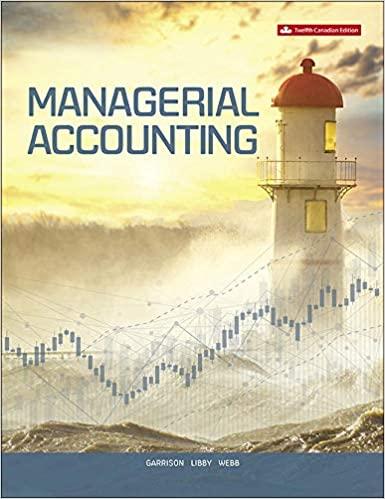E11-10 (Algo) Computing Dividends on Preferred Stock and Analyzing Differences [LO 11- 3, LO 11-4) OK The records of Hines Industries reflected the following balances in the stockholders' equity accounts at December 31, 2021 Common stock, par $12 per share, 48,500 shares outstanding Preferred stock, 8 percent, par $16.50 per share. 7610 shares outstanding. Retained earnings, $237,000. On January 1, 2022, the board of directors was considering the distribution of a $63,700 cash dividend. No dividends were paid during 2020 and 2021. Required: 1. Determine the total and per-share amounts that would be paid to the common stockholders and to the preferred stockholders under two independent assumptions: a. The preferred stock is noncumulative. b. The preferred stock is cumulative. 2. Why might the dividends per share of common stock be different for noncumulative preferred stock and cumulative preferred stock? it nces Complete this question by entering your answers in the tabs below. Reg 1A Reg 1B Reg 2 Determine the total and per-share amounts that would be paid to the common stockholders and to the preferred stock assuming the preferred stock is noncumulative. (Round "Per Share" to 2 decimal places and rest to the nearest dollar amount.) Total Per Share Paid to the Preferred Stockholders Paid to the Common Stockholders RA Req 1B > E11-10 (Algo) Computing Dividends on Preferred Stock and Analyzing Differences [LO 11- 3, LO 11-4) The records of Hines Industries reflected the following balances in the stockholders' equity accounts at December 31, 2021 Common stock, par $12 per share, 48,500 shares outstanding. Preferred stock, 8 percent, par $16.50 per share. 7,610 shares outstanding, Retained earnings, $237,000. On January 1, 2022, the board of directors was considering the distribution of a $63.700 cash dividend. No dividends were paid during 2020 and 2021. Required: 1. Determine the total and per-share amounts that would be paid to the common stockholders and to the preferred stockholders under two independent assumptions: a. The preferred stock is noncumulative. b. The preferred stock is cumulative. 2. Why might the dividends per share of common stock be different for noncumulative preferred stock and cumulative preferred stock? Complete this question by entering your answers in the tabs below. Reg 1A Reg 1B Reg 2 Determine the total and per-share amounts that would be paid to the common stockholders and to the preferred stockhok assuming the preferred stock is cumulative. (Do not round intermediate instructions. Round "Per Share" to 2 decimal plac and rest to the nearest dollar amount.) Total Per Share Paid to the Preferred Stockholders Paid to the Common Stockholders 3. LO 11-4) The records of Hines Industries reflected the following balances in the stockholders' equity accounts at December 31, 2021 Common stock, par $12 per share, 48,500 shares outstanding Preferred stock, 8 percent, par $16.50 per share. 7610 shares outstanding Retained earnings $237,000. On January 1, 2022, the board of directors was considering the distribution of a $63,700 cash dividend. No dividends were paid during 2020 and 2021. Required: 1. Determine the total and per-share amounts that would be paid to the common stockholders and to the preferred stockholders under two independent assumptions: a. The preferred stock is noncumulative. b. The preferred stock is cumulative. 2. Why might the dividends per share of common stock be different for noncumulative preferred stock and cumulative preferred stock? Complete this question by entering your answers in the tabs below. Req 1A Reg 1B Reg 2 Why might the dividends per share of common stock be different for noncumulative preferred stock and cumulative prefer stock? The dividends in arrears on the cumulative preferred stock had to be paid before any dividends could be paid on the common stock. The dividend rate for cumulative preferred stock and noncumulative preferred stock are different









